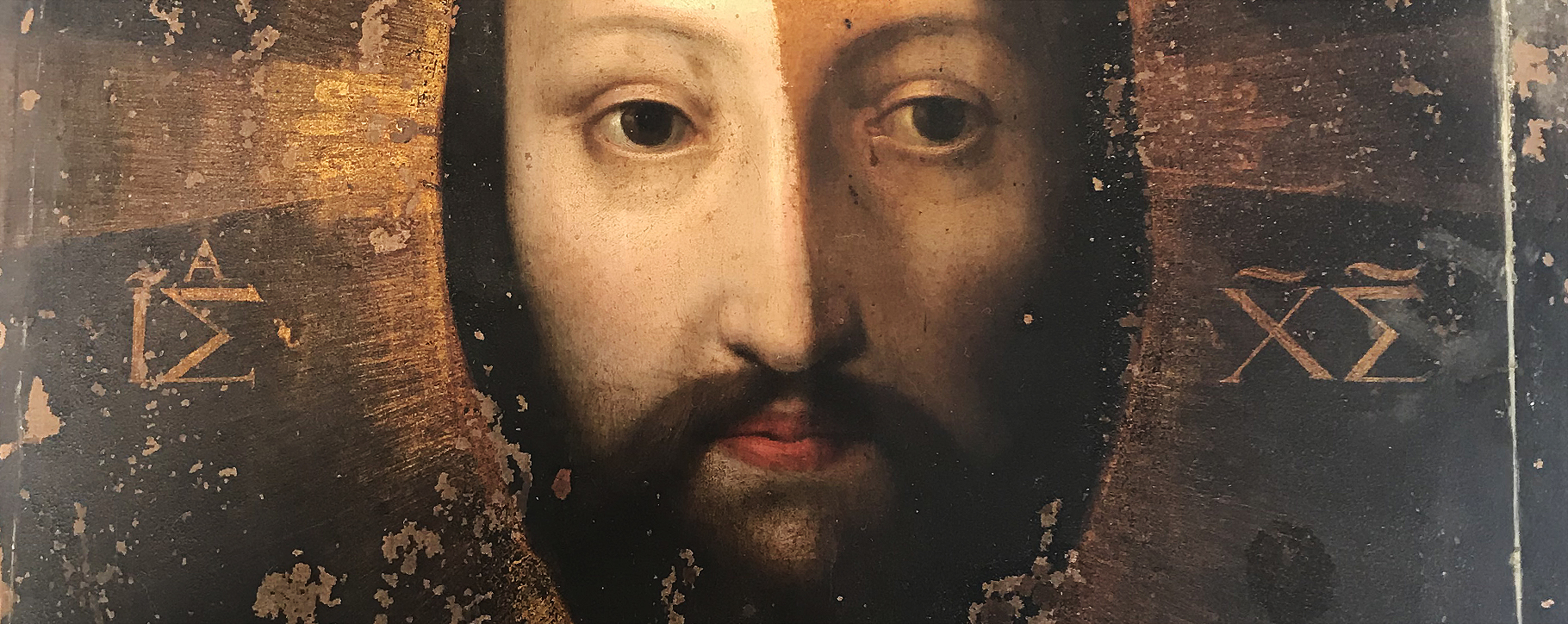Every painting we work on in the studio has a unique identity. Whether it’s a signature we find while cleaning, an interesting note on the back of the canvas, or a clear sign of where part of an artwork has been painted over, there is always something of interest that tells the story of a painting and shows its history.

Sometimes, one of the most interesting aspects of a painting can be the support used; more precisely, what has a painting being painted onto? Aside from the more traditional easel paintings on canvas and panel, our conservators have restored the lesser-seen oil painting on copper. It’s more of an unusual support, and comes with some challenges of its own which we have detailed below.
Oil on copper challenges
Firstly, the biggest problem for works on copper is contact with water. Exposure to water leads to oxidation and rusting, causing the copper to be weakened and extensively damaged. Keeping away from moisture in the atmosphere and water is vital.
Paintings on copper are also very fragile – if they are knocked out of shape it is not possible to flatten them back out. The concept of metal fatigue can come into play if the copper reaches its limit of being flexed and the bonds break. This is only an issue if it has been extensively bent, but the issue for copper remains that it is hard to get its original shape and structure back if damaged. Compromising the copper support is unfortunately irreversible.
Can oil paintings on copper be restored?
Despite having key differences to paintings on canvas and panel, some of the treatments for copper paintings are similar.
For surface cleaning, it is best to avoid aqueous (water-based) treatments. Using a conservation gel will remove the surface dirt and not risk the painting.
Many paintings on copper do not need to be varnished. When paint is applied to copper, it doesn’t seep into the support like with canvas and so doesn’t need varnish to fully bring out the colours. But varnish can be applied to act as an extra layer of protection for a painting. Removal of varnish can be approached in the same way as work on canvas or panel by testing with solvents and finding the most suitable.
It is also wholly possible and doable for copper paintings to be consolidated if the paint layer is weakened and flaking. Using a solvent-based adhesive (so no water content) will provide the necessary consolidation. Likewise, to retouch where paint may have been lost, solvent-based resins can be used to build back up the paint layers.
If oxidation has occurred this is unfortunately irreversible – but it is treatable. The painting can be stabilised, and maintenance measures can be put into place. We would advise that a copper painting is framed with glazing and backing board for comprehensive protection.
Every painting undergoes different treatment depending on their condition, and oil paintings on copper are no exception. Although they have some differences, the same excellent results can be achieved through careful conservation.
If you have an oil painting on copper that needs some restoration, get in touch with our team for no-obligation advice.






